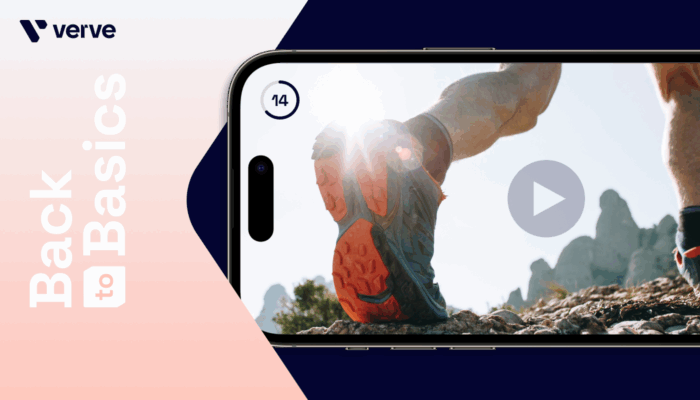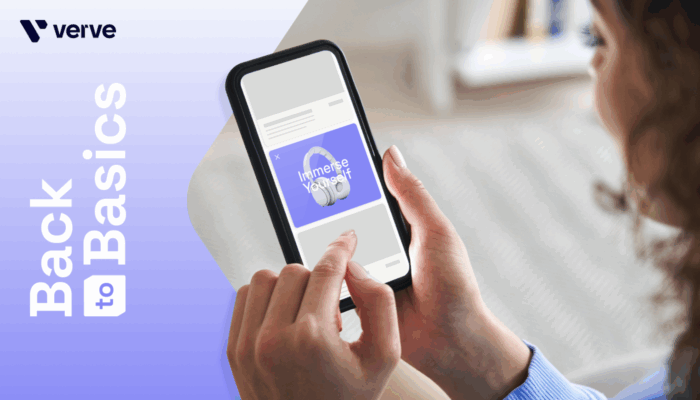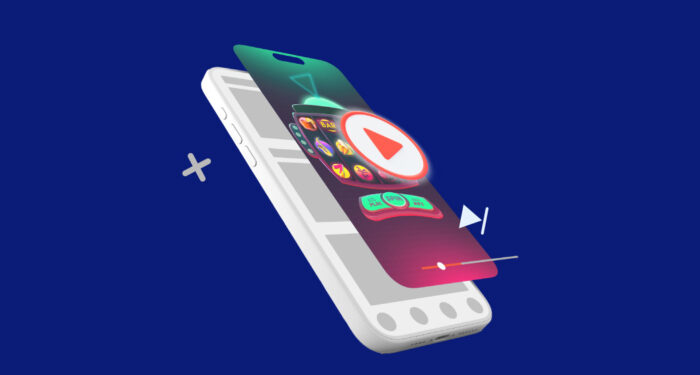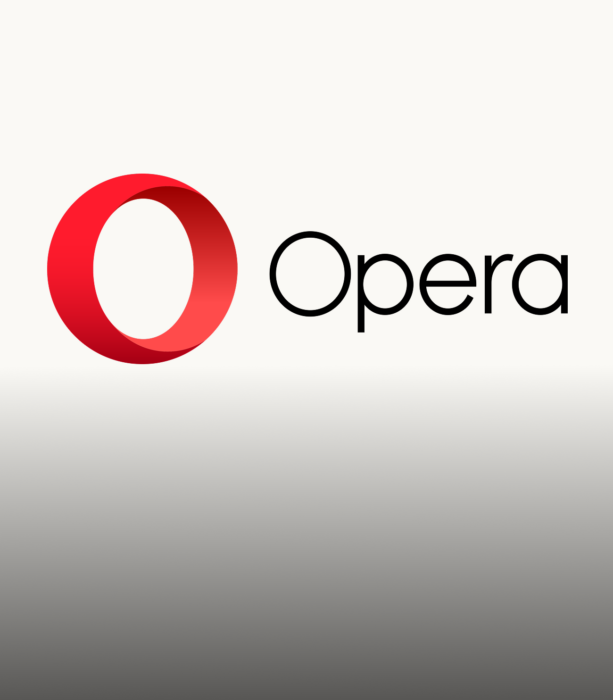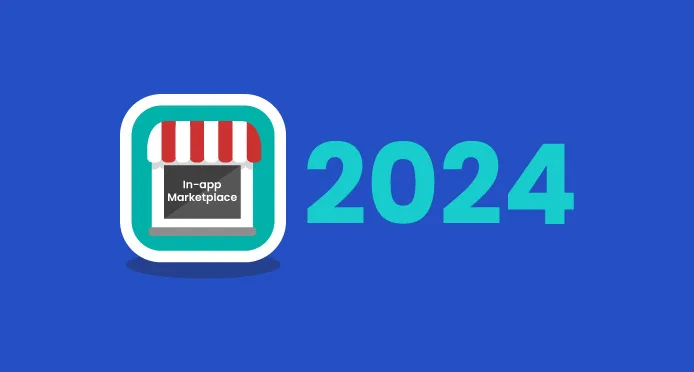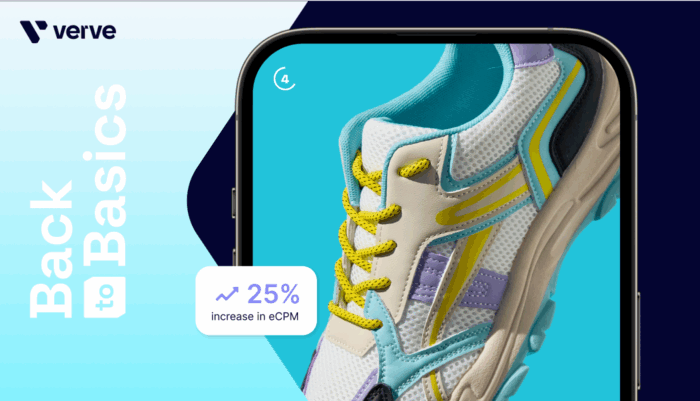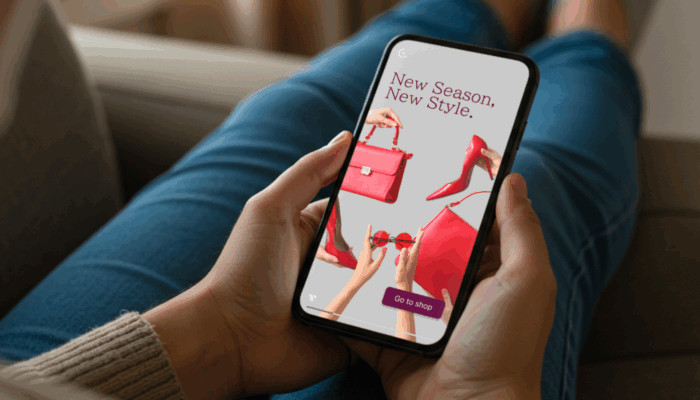
Tag search
- Ad formats (17)
- Ad fraud (9)
- AdAttributionKit/SKAN (23)
- Addressability (7)
- Advertisers (140)
- AI (3)
- AI/Machine learning (12)
- All (56)
- Android (8)
- Audience (23)
- Audio (1)
- Brand awareness (15)
- Cohorts (11)
- Connected TV (15)
- Contextual (45)
- CTV (42)
- Custom Built (1)
- Data (77)
- Demographics (9)
- DOOH (15)
- Gaming (14)
- Identity (23)
- Interstitials (9)
- iOS (20)
- Lifestyle (3)
- Measurement/attribution (19)
- Mobile in-app (102)
- Monetization (36)
- Omnichannel (14)
- Past Events (7)
- Performance (23)
- Playable ads (6)
- Press (1)
- Privacy (68)
- Privacy Sandbox (8)
- Products (21)
- Publishers (103)
- Quality (4)
- Regulatory (3)
- Reports (10)
- Retail (5)
- Seasonal (17)
- SPO (4)
- Sustainability (7)
- Targeting (72)
- Trending (4)
- Upcoming Events (1)
- User acquisition (11)
- Video (9)
